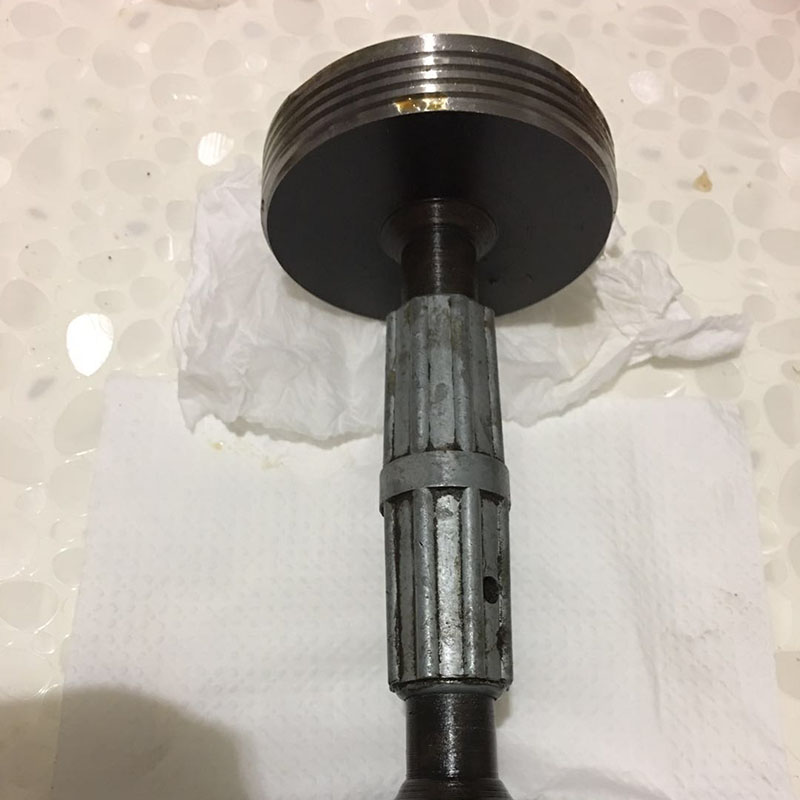Նյմ . 27, 2024 19:32 Back to list
Creating Efficient V Blocks for Precision Machining Applications
Making V Blocks A Comprehensive Guide
V blocks are essential tools in machining and manufacturing processes. These precision tools are primarily used for the support and alignment of cylindrical objects during milling, grinding, or inspection operations. Their V-shaped grooves allow for stability and accuracy, making them a staple in workshops and factories. In this article, we will explore the purpose, construction, and benefits of V blocks, as well as the steps to create your own.
Purpose of V Blocks
The primary purpose of a V block is to hold cylindrical workpieces in place securely. When working with round objects like shafts or pipes, maintaining a proper grip is crucial for accuracy and safety. Without a proper holding mechanism, the workpiece can rotate or shift, leading to imprecise cuts or damage to the material.
V blocks assist in various machining tasks, such as
1. Alignment They help in aligning the workpiece with the machine's cutting tool, ensuring that machining happens at the correct angle. 2. Inspection When measuring dimensions of cylindrical objects, V blocks provide a stable base for calipers and other measuring tools, allowing for more accurate readings. 3. Support during Machining They serve as a support mechanism that reduces vibration and movement, ensuring a smoother machining process.
Construction of V Blocks
Traditionally, V blocks are made from high-carbon steel or hardened tool steel to withstand wear and tear. Some are made from cast iron or aluminum for lighter applications. The design features two V-shaped grooves at right angles to each other, forming a stable cradle for cylindrical workpieces.
Key characteristics of well-made V blocks include
- Precision Machining The grooves must be machined with high precision, ensuring that they are perfectly symmetrical to accommodate various sizes of round objects. - Flat Base A flat base is crucial for stability. Any warping or unevenness can lead to inaccuracies during machining. - Hardening V blocks are often hardened through heat treatment processes to enhance their durability and resistance to wear.
Benefits of Using V Blocks
Using V blocks in your workshop comes with several advantages
1. Improved Accuracy The design of V blocks ensures that workpieces remain stable, leading to more precise machining. 2. Versatility They can accommodate a variety of cylindrical objects, making them suitable for multiple applications across different industries. 3. Cost-Effective Investing in a quality V block can save time and reduce material waste, optimizing overall production efficiency.
making v blocks

Making Your Own V Blocks
Creating your own V blocks can be a rewarding project, particularly for hobbyists or small businesses looking to save costs. Here’s a simple guide to making V blocks at home
Materials and Tools Needed
- High-carbon steel or aluminum stock - Band saw or hacksaw - Milling machine or CNC machine - Drill press - Files or grinders for finishing - Measuring tools (calipers, micrometers)
Steps to Create V Blocks
1. Design Your V Block Begin by sketching out the dimensions and features of your V block. Standard dimensions for V blocks are approximately 4 inches in length and 3 inches in height, but you can adjust as necessary.
2. Cut the Stock Material Use a band saw or hacksaw to cut your chosen material into rough blocks based on your design specifications.
3. Machine the V Grooves Utilizing a milling machine or CNC machine, carve out the V-shaped grooves at the center of each block. Ensure they are precise to maintain symmetry.
4. Create a Flat Base Work on the bottom of the V block to ensure it is completely flat and level. This step is crucial for stability during use.
5. Finishing Touches Use files or grinders to smooth the edges and surfaces of the V block to prevent any sharp edges that could cause injury.
6. Final Inspection Measure the grooves and base to confirm that everything is to specification before putting your V block to use.
In conclusion, V blocks play a crucial role in the accuracy and efficiency of machining processes. By understanding their purpose, construction, and benefits, you can appreciate their value in the workshop. Moreover, the process of making your own V blocks not only fosters creativity but also enhances your skills as a craftsman. Whether you are a seasoned machinist or a DIY enthusiast, mastering the art of making V blocks can significantly elevate your machining capabilities.
-
Why Metric Trapezoidal Thread is Ideal for Precision Motion ControlNewsAug.05,2025
-
The Unique Properties of a Block of Granite for Industrial UseNewsAug.05,2025
-
The Role of Flanged Y Strainers in Preventing Pipeline ClogsNewsAug.05,2025
-
The Importance of Regular Calibration for Master Ring GagesNewsAug.05,2025
-
How a Cast Iron Surface Table Enhances Accuracy in ManufacturingNewsAug.05,2025
-
Comparing Different Check Valve Types for Optimal Flow ControlNewsAug.05,2025
Related PRODUCTS









